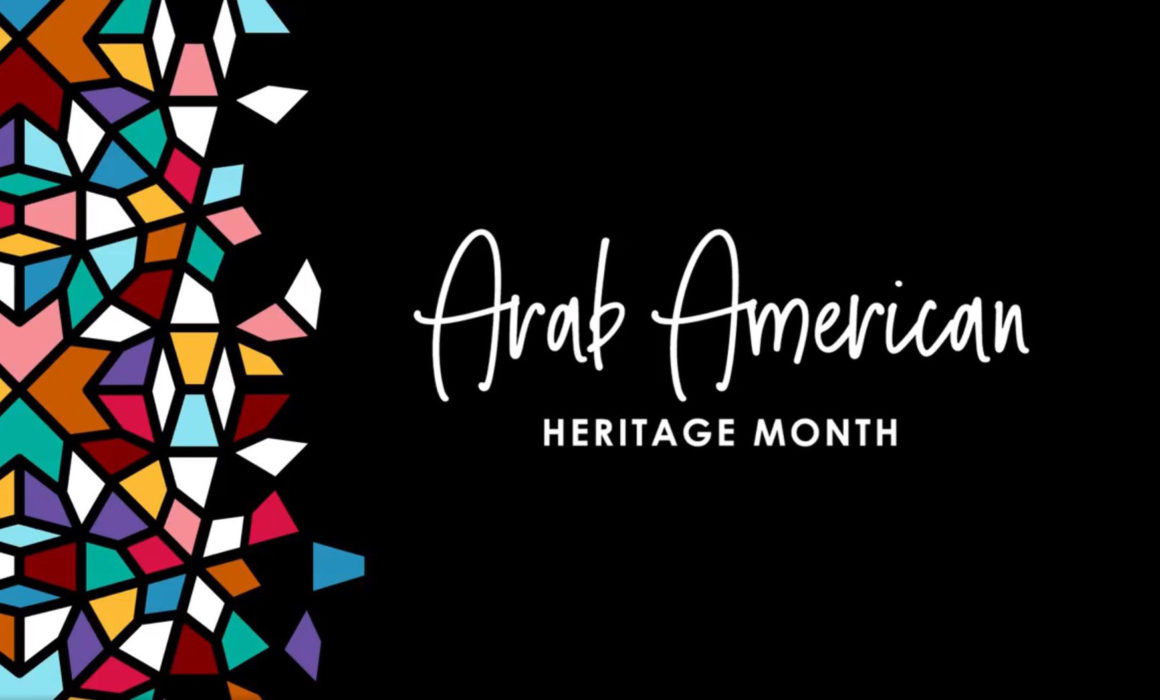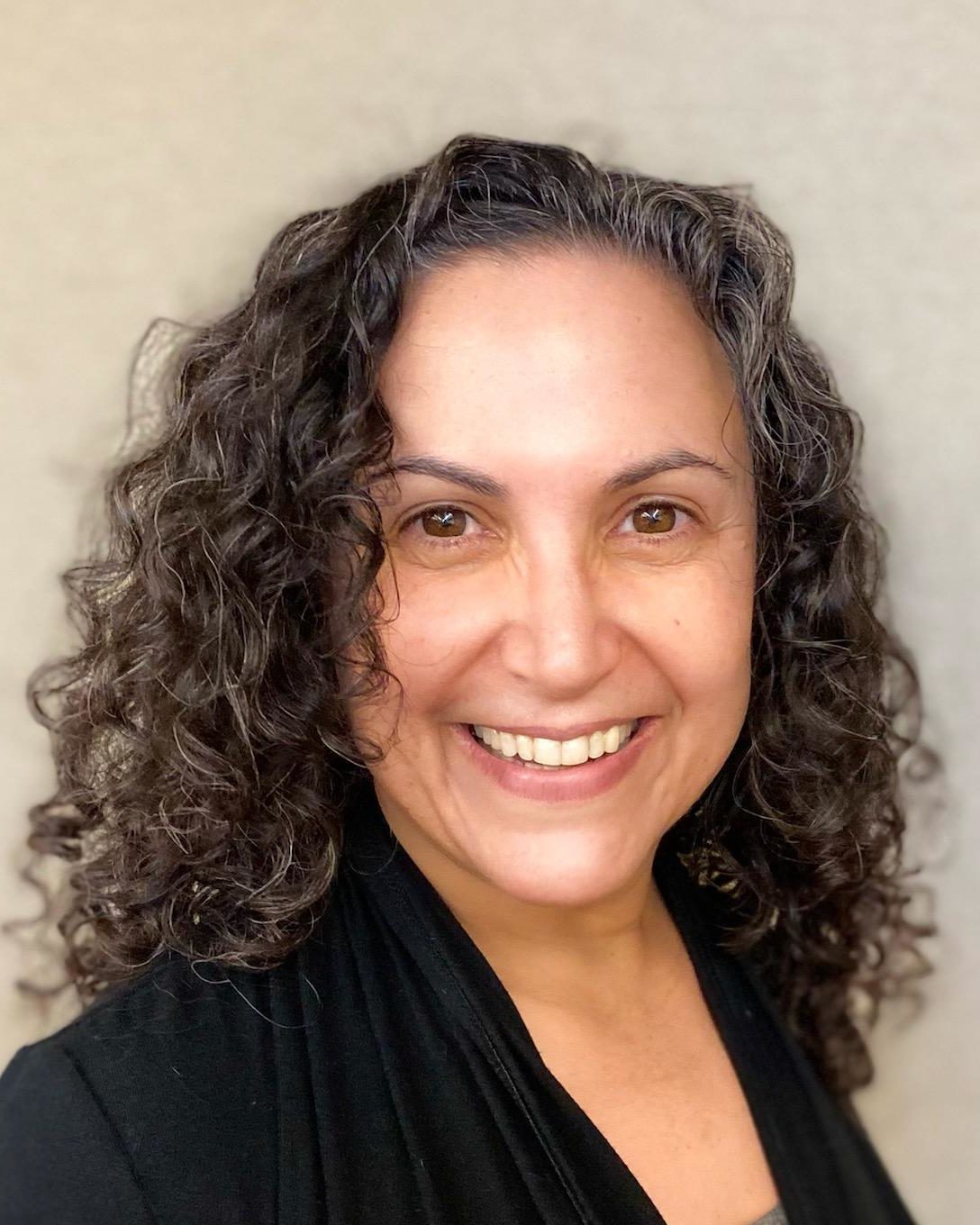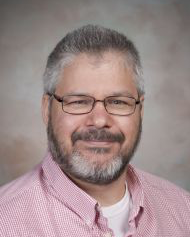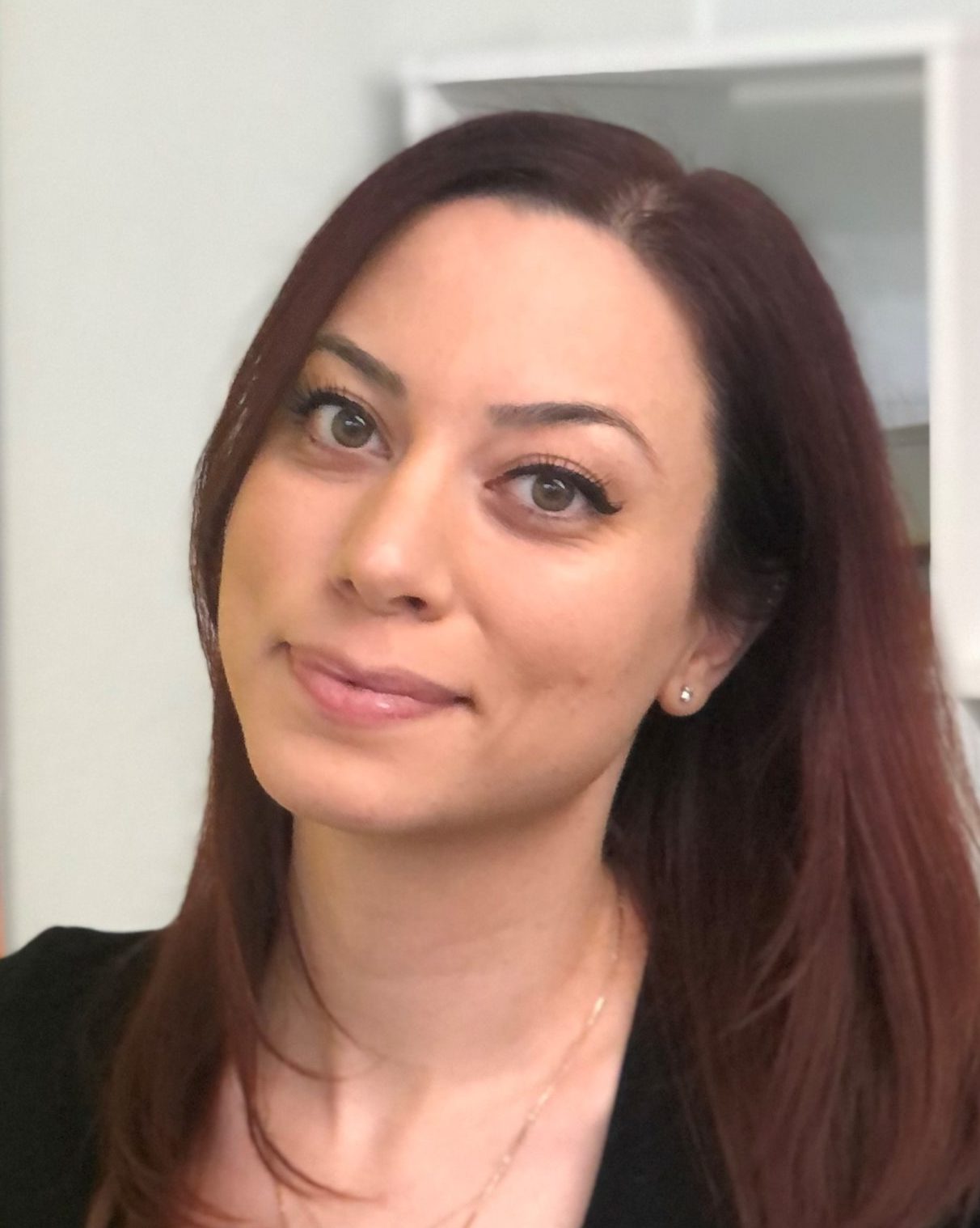
“We’re a highly stereotyped group of people, and it’s often negative. We need to work toward changing this narrative by teaching and embracing the diversity of Arabs.”
—Nadine El-Awar, United Teachers Los Angeles
“Representation matters to me on an individual level because people like me have made a difference in this country,” says Randa Wahbe, an English professor at Cypress College and member of United Faculty North Orange County Community College District. “We’ve been erased from the history books of this country, so being recognized is noteworthy.”

Randa Wahbe
Of Lebanese descent, Wahbe is one of thousands of Arab American educators making a difference in classrooms across the state and country. Their contributions and those of all Arab Americans past and present will be celebrated during Arab American Heritage Month in April. Observed in California since 2018, Arab American Heritage Month received federal recognition for the first time last year, with President Joe Biden penning a message to commemorate the occasion.
“The Arab American community exemplifies so much of what our country stands for: hard work, resilience, compassion and generosity,” Biden wrote. “In nearly every arena of our society, Arab Americans bring dynamic energy, boundless creativity, and a love of family and neighbors that have always defined who we are as Americans.”
CTA officially recognized Arab American Heritage Month with a unanimous vote at the January State Council of Education meeting. Wahbe, who serves as vice president of the Community College Association (CCA) and chair of the CTA Communications Committee, says she was honored to introduce the proclamation at the meeting.
“It was extremely powerful for me as an Arab American for my union to say ‘I see you,’ ” says Wahbe. “For CTA to officially recognize the month is really empowering.”
“I had people ask me if I was a terrorist. For someone who’s new in the states, that leaves an impression.”
—Michael Butros, Victor Valley College Faculty Association
Inclusion and diversity
The celebration of Arab Americans and their contributions to science, literature, history and American society as a whole is an important piece to ending historic marginalization, says Nadine El-Awar, seventh grade science teacher and member of United Teachers Los Angeles. She says the recognition of Arab American Heritage Month is a symbolic step toward a more inclusive experience for all Arab Americans.
“We’re a highly stereotyped group of people, and it’s often negative. We need to work toward changing this narrative by teaching and embracing the diversity of Arabs,” says El-Awar, a Lebanese American. “It’s very damaging when there’s a stereotyped image. By educating people and elevating the positive, we can counter the misconceptions and misinformation, and instead value the contributions of Arab Americans.”

Michael Butros
For Michael Butros, education is key to a more inclusive and understanding society. A physics and math professor at Victor Valley College for 22 years, Butros grew up in his father’s native Jordan before coming to the United States. He says it was a different climate for Arab Americans when he arrived in the 1980s.
“I had people ask me if I was a terrorist. For someone who’s new in the states, that leaves an impression,” says Butros, a member of Victor Valley College Faculty Association. “You have to break that cycle somehow, and education was how I tried to break it. I’m trying to make others better than I am.”
Sadly, Butros’ experience is not uncommon in an America that has often been an unsupportive home for Arab Americans. The state proclamation recognizing Arab American Heritage Month acknowledges: “The history of Arab Americans in American life often remains neglected or defaced by misunderstanding, bigotry and anti-Arab hate.” It notes that these transgressions continue today in the form of civil rights abuses, harmful stereotyping, harassment and bullying.
Everyday life for many Arab Americans became particularly difficult after the terrorist attacks on Sept. 11, 2001. Hate crimes against Arab and Muslim Americans jumped more than 500 percent from 2000 to 2009, according to data from Brown University. Butros was teaching that day and recalls the difficult months that followed.
“I know some Arab Americans who were assaulted in the town I live in, stores that were vandalized,” says Butros, a member of the CCA Board of Directors. “But I also remember good friends who called and asked if there was anything they could do. There’s always good.”
“It was extremely powerful for me as an Arab American for my union to say ‘I see you.’ For CTA to officially recognize the month is really empowering.”
—Randa Wahbe, Community College Association vice president
Fostering empathy
Wahbe started at Cypress College just before Sept. 11. Soon after that day, she was approached by numerous students who asked for her help in starting a Muslim Student Association on campus. Though not Muslim herself, Wahbe agreed, serving as the club adviser for many years, facilitating forums on hate crimes, and helping create safe spaces for students.
She also created a specialty literature course focused on Arabic literature translated into English — the only such course taught at a community college outside of Connecticut. Wahbe says she created it as another way to humanize Arab Americans “and show we’re just like you.”
“Through the reading of literature, we can become more empathetic,” Wahbe says. “Arabs love and hope and cry and pray similar to other humans. We all share these things.”
Wahbe’s efforts to elevate Arabic voices are informed by her own experiences as a student. It wasn’t until the third year of her bachelor’s program that she read an author of color; she calls it a life-changing experience.

Nadine El-Awar
“I did not know that people who have been historically marginalized had contributed so much to this country until I took an ethnic studies course as a professor,” says Wahbe. “That’s shocking to not learn sooner.”
El-Awar says experiences like these show the important role educators can play in helping Arab American students feel seen and valued, and underscore the need for representation and inclusion in the classroom and curriculum.
“Educators must validate and understand cultural identities of Arab American students and create a space where they feel included,” she says.
Butros says educators deserve more respect for the impact they have on students, noting that teachers are revered in many countries.
“Where I come from in Jordan, teachers and clergy are almost on the same level,” he says. “There’s a lot more respect.”
For more information, curriculum, and other Arab American Heritage Month resources, visit arabamericafoundation.org.
Facts: Arab American Heritage Month
The U.S. Department of State designated April as Arab American Heritage Month on April 1, 2021, the first such federal recognition in U.S. history.
There are approximately 3.7 million Arab Americans in the United States.
Arab Americans have ancestry in the world’s 22 Arab nations, which are located from northern Africa to western Asia: Algeria, Bahrain, the Comoro Islands, Djibouti, Egypt, Iraq, Jordan, Kuwait, Libya, Morocco, Mauritania, Oman, Palestine, Qatar, Saudi Arabia, Somalia, Sudan, Syria, Tunisia, the United Arab Emirates, Lebanon and Yemen.
More than two-thirds of Arab Americans live in just 10 states, with more than 373,000 living here in California, the largest population in any state.
The majority of Arab Americans are native-born, and nearly 82 percent of Arabs in the U.S. are citizens.
While the Arab American community traces its roots to every Arab country, the majority of Arab Americans have ancestral ties to Lebanon, Syria, Palestine, Egypt and Iraq.
Source: Arab American Institute, aaiusa.org
Featured image: Folsom Cordova Unified School District celebrated Arab American Heritage Month last year with a video. View it at bit.ly/3ti7QbO.
The Discussion 0 comments Post a Comment